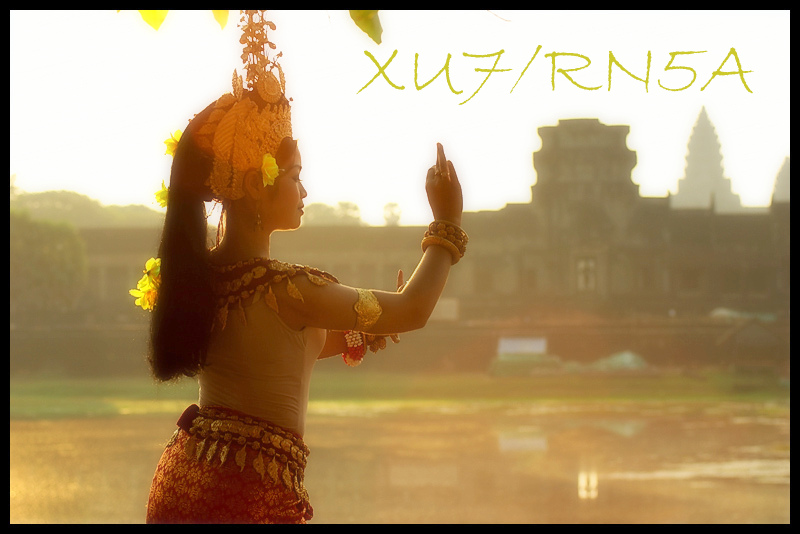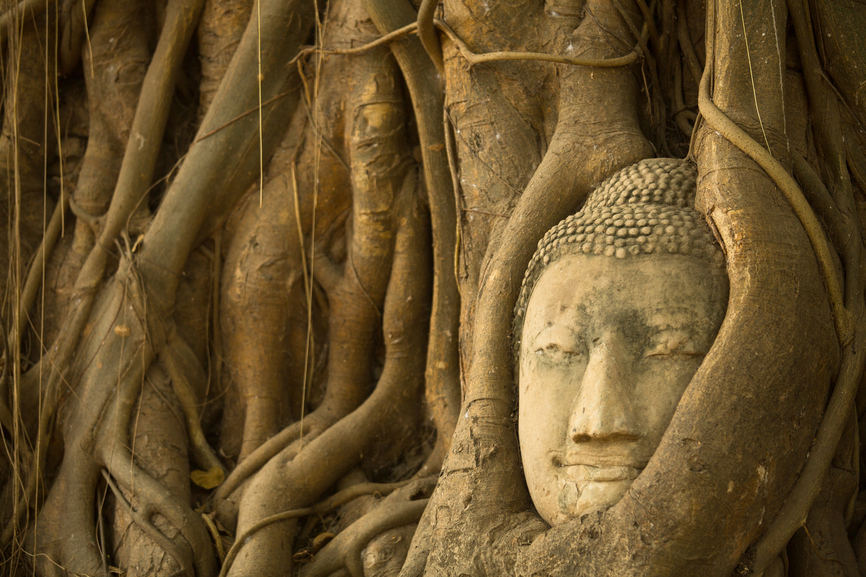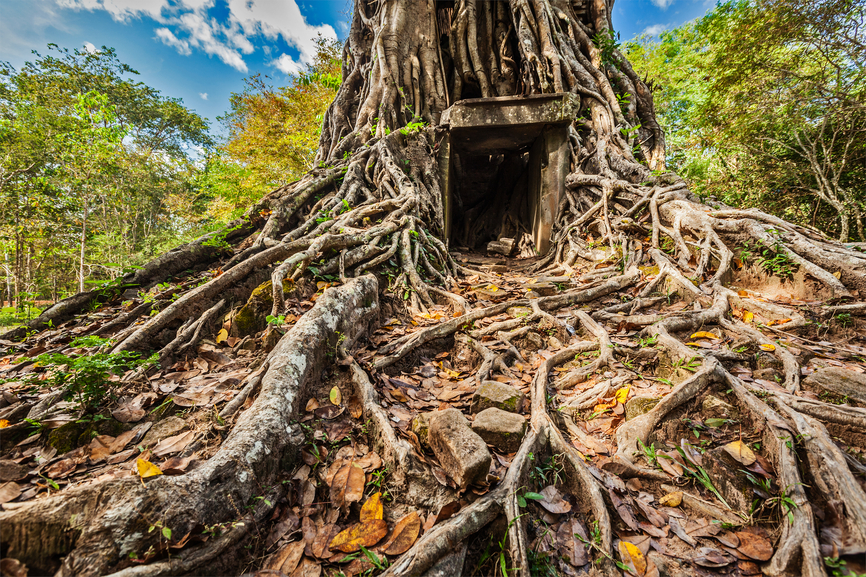Vladimir, RN5A will be active from Cambodia 5 - 20 November 2014 as XU7/RN5A.
He will operate on HF bands.
QSL via RC3C.
Cambodia: Raising from the ashes
Once known as the Khmer Empire, Cambodia, officially known as the Kingdom of Cambodia, is located in the southern portion of the Indochina Peninsula in Southeast Asia. It is bordered by Vietnam to the east, Laos to the north, the Gulf of Thailand to the southwest and Thailand to the northwest.
Cambodia which is mostly flat and forested land sits on total landmass is 181,035 square kilometers. It is 69th most populous country in the world, with a population of over 15 million.
This rather beautiful nation is still on the verge of recovering from the horrors of the Khmer Rouge’s reign of terror, with quite a number of problems still existing such as poverty, land mines, and infrastructures that are devastating shape. Within all the problems however, lie fascinating attractions that keep many visitors coming back for more. One of the major draws for numerous tourists are the magnificent temples of Angkor
Geographical aspects
Cambodia which lies entirely within the tropics covers an area of 181,035 square kilometers. To the north and west, it is bordered by Thailand, Vietnam to the east and southeast and Laos to the northeast.
The nation’s landscape is surrounded by uplands and low mountains that is characteristic of a low-lying central plain. Its approximate geographical coordinates are 13°N 105°E / 13°N 105°E.
Climate
Cambodia boasts of a monsoonal climate and is marked by wet and dry seasons which are of relatively equal length. Temperature ranges to the nation are from 21 to 35 °C. The nation experiences two diverse seasons with the rainy season running from May to October and the dry season running from November to April. The monsoon cycle that is experienced in the area is driven by cyclic air pressure changes over central Asia.

Language
Languages spoken in Cambodia include Khmer, French and English
Religion
The most dominant religion to the nation is the Theravada Buddhist. Over 95%of the population practice Theravada Buddhist and throughout the country, there are approximately 4,392 monastery temples. Nearly 2% practice Islam while an even smaller percentage practices Christianity.
Culture
Cambodia’s culture touches on Theravada Buddhism, Angkorian culture, Hinduism, French colonialism as well as modern globalization. You will notice that a number of rural Cambodians spot a traditional scarf known as the karma scarf that is a unique aspect of Cambodian clothing.

Cuisine
As with other Southeastern Asian countries, rice is the stable food of the nation. Also an important part of the population’s diet is fish that is caught from the Mekong and Tonle Sap rivers. A typical Cambodian cuisine comprises of tropical fruits in addition to soups and noodles. A touch of the French influence can also be observed in some of the nation’s cuisine and is inclusive of Cambodian red curry with toasted baguette bread.
Tourism
The second-greatest source of hard currency for Cambodia is Tourism right after the textile industry. Even with the nation’s troubles, the tourism industry has shown a steady increase since 1993 with the most frequent visitors to the region including the Chinese, Japanese, South Koreans, Americans, and the French people. Visitors to the region get to enjoy warm friendly people a fabulous heritage and a bewitching landscape. From the stunning tropical beaches, colonial beaches and a wide range of natural attractions, it is easy to see why the tourism industry is thriving in this nation.
The nation’s wild northwestern region beckons many an adventure seeker with its alternative hill tribe cultures, stunning scenery and beautiful wildlife. While in the area, many take to mountain biking, trekking, hiking or simply exploring the surroundings.
Beautiful souvenirs are available to bring a piece of this beautiful nation back home, with a majority of them touching of the nation’s legacy in terms of its artistic past. Some of the beautiful locally crafted pieces include ceramic works, the traditional scarf(karma), candles, soap, spices, silver plating, wood carving, painted bottles that contain infused rice wine and lacquer ware.
There are plenty of places to explore, some of which include:
- Jungle trekking through the Cardamom mountains and enjoying the magnificent view of the waterfalls
- Visit with the numerous beaches in the region especially at Sihanoukville, a port city and beach resort.
- Visit with the temples of Angkor
- Watch the Tonle Sap expand and shrink dramatically with the change in seasons. This lake also happens to be the largest freshwater lake in South East Asia. You will notice a number of floating villages around the lake that are home to many ethnic Vietnamese and quite a number of Cham communities.
- Visit with most of the national treasures inclusive of jeweled Buddha statues and gold when you pay a visit to the Silver Pagoda that is nestled within the Royal Palace compound in Phnom Penh

Facts about Cambodia
- When you take a look at the Cambodian flag, you will notice that it is the only one that an image of a building – the Angkor Wat
- It has undergone changes to its name with changes in government. During its republican years, it took on the name Khmer Republic; under the Khmer Rouge regime, it was known as Democratic Kampuchea; under the leftist group called Salvation Front it took on the name People’s Republic of Kampuchea and today it is officially known as the Kingdom of Cambodia.
- The nation lost nearly one-fifth of its population during the four-year rule of the Khmer Rouge, most of which were priests, monks and educated people.
- Pol Pot, the Khmer Rouge leader sought to rid the nation of all educated Cambodians so that nobody would oppose their rule.
- Approximately half of the nation’s current population is under the age of 15
- You will be hard pressed to find a Cambodian who knows their birthday since birthdays are not celebrated.
- The head is regarded as the highest part of the body and as such, it need not be touched even in the kindest of manner.
- Cambodians sit with their feet tucked in since they consider it disrespectful to let your feet or soles to point at people or things.
Video Cambodia

